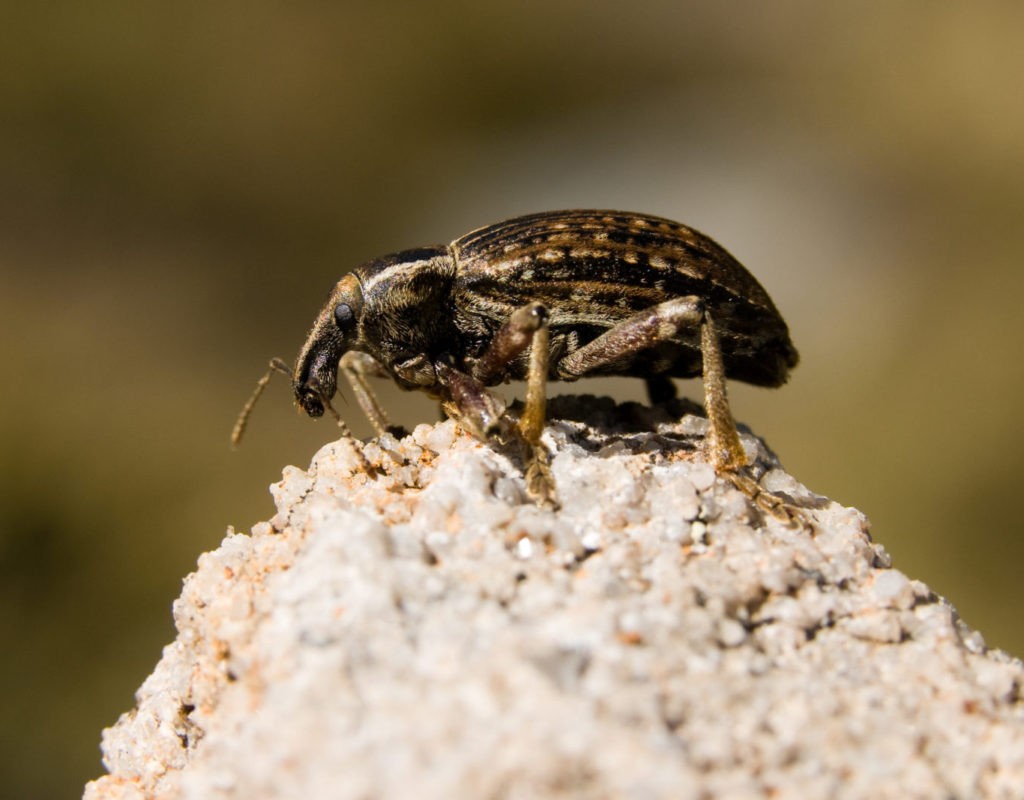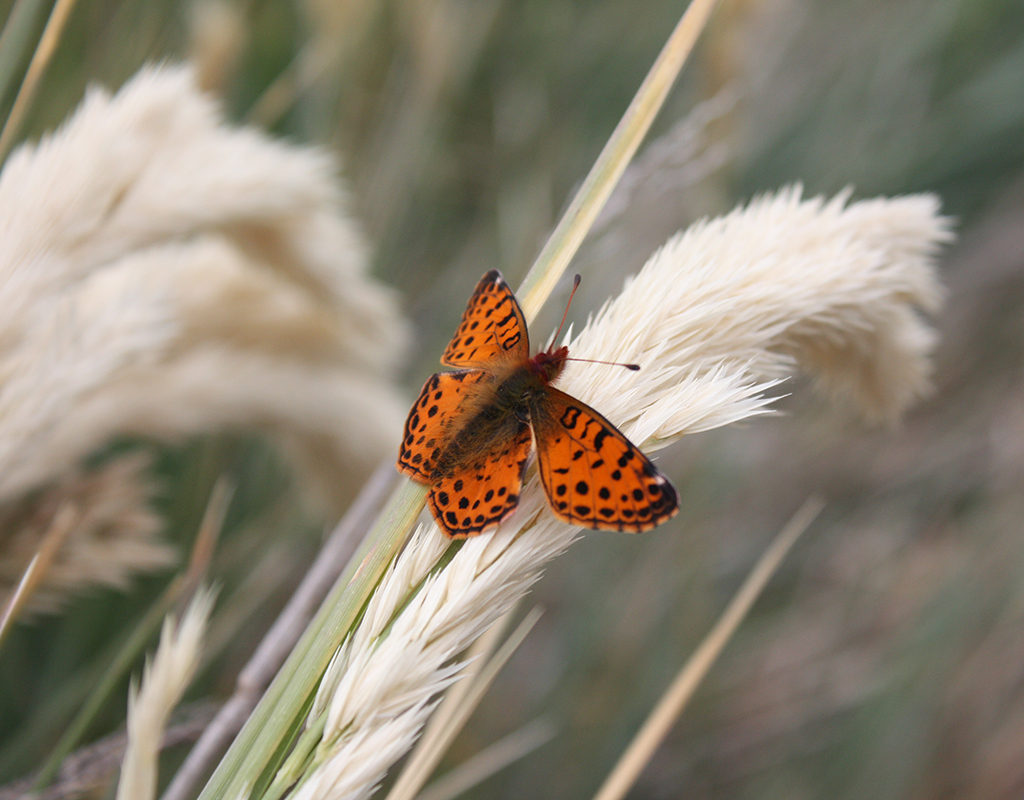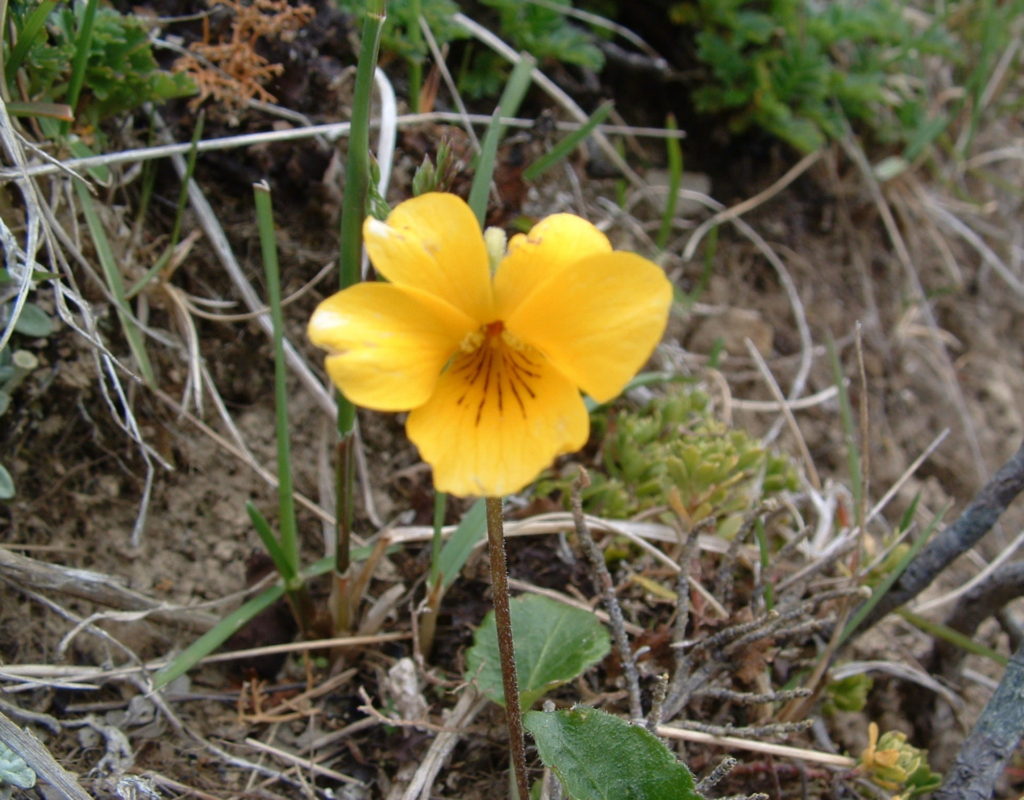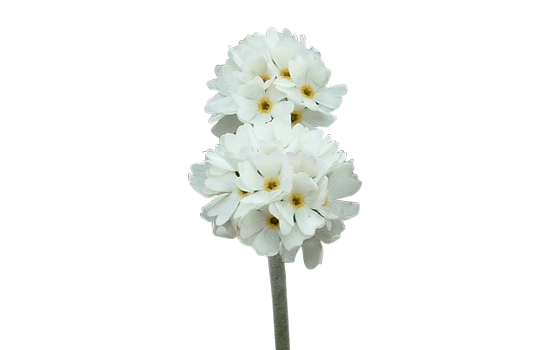Along the coastline the most common insect species include camel crickets (amongst the largest native insect in the Islands, often exceeding 20mm in length), small flightless tussac moths, and flightless sub-Antarctic kelp flies.
Several native species have reduced or even absent wings; likely an adaptation to the high cost of wing development against the reduced need for dispersal on small islands, plus the threat of removal out to sea with the very high winds that are regularly observed in the Falklands.









